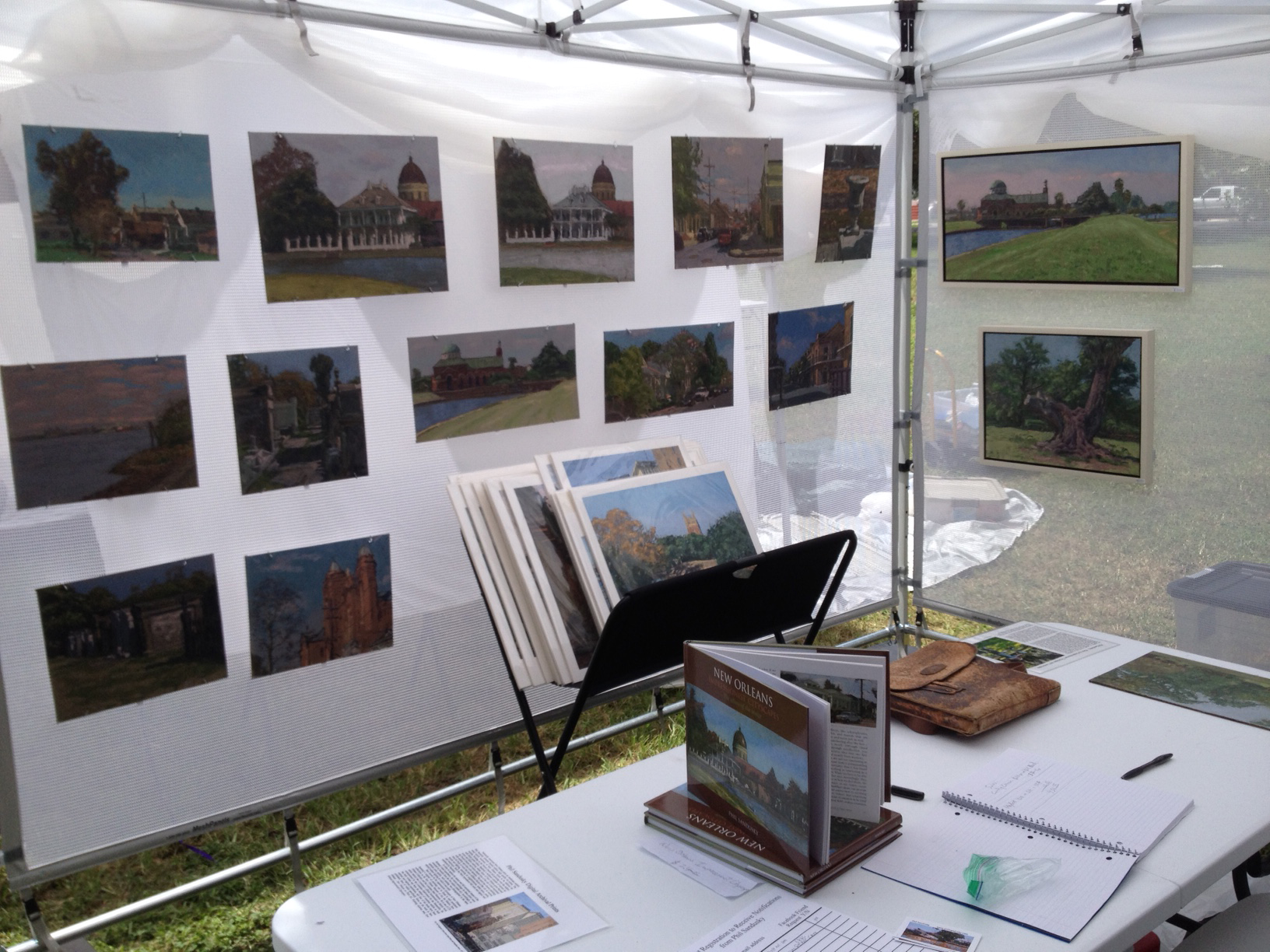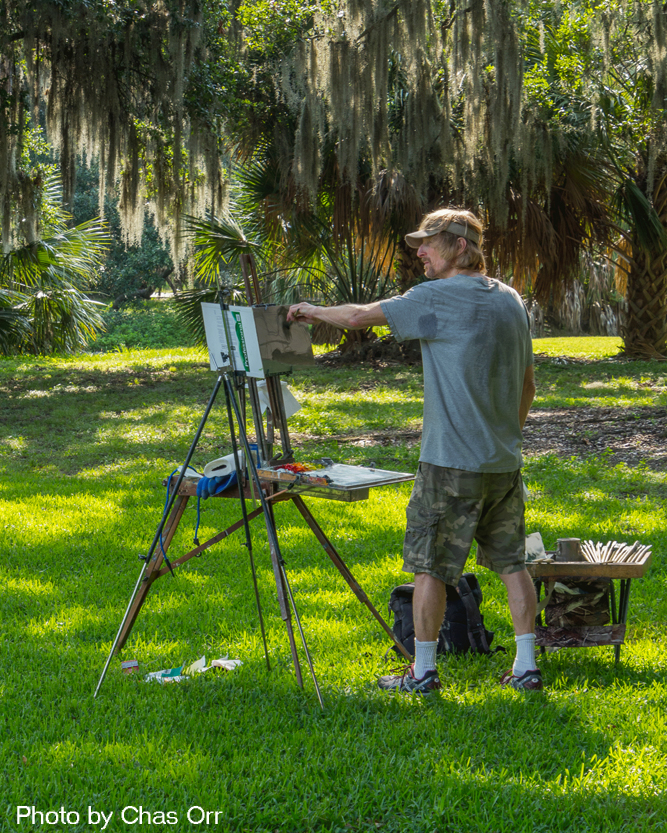My main objective as a painter is to heighten peoples’ awareness and appreciation of the visual experience. I’ve achieved this by bettering my understanding of human vision and how it relates to painting.
One important way I’ve aligned my painting with a higher understanding of vision is to consider vision’s temporal nature. Many representational artists want to reproduce the objective image that focuses on the retina of the eye. But our vision is constantly changing, even when the overall view is unchanging. Our vision doesn’t reproduce the objective image of an unchanging scene like a camera with a wide angle lens. When we first glance a scene and scan our eyes around it, we notice only incidentally the smaller parts of the view such as people, trees, cars, and other objects. At first, we register these smaller parts more simply and in a unique way that forms our perception of the whole view. As time passes our attention and eye scanning will be drawn in to one smaller part of the view and then another. As we focus our attention on any given part, it becomes a new whole. Thus our vision of an unchanging view happens over time as we first see the whole view and then see a series of separate parts of the bigger view one after another. Of great importance is that our perception of any given part – the number of apparent patterns which comprise it and their apparent shapes and colors and even the part’s meaning and emotional effect – is different when we focus all attention on the part than it is when we notice the part incidentally in the context of the bigger view.
When representational artists paint by focusing all attention on each part separately, no matter how well they plan, they may reproduce the objective image perfectly, but they can’t help but to compromise their statement of the real human visual experience of the whole subject. The fundamental principle of gestalt is that “the whole is different than the sum of its parts”. Throughout art history, more often the gestural, quickly executed preliminary studies, are more effective as a whole than larger more articulated paintings of the same subject. I’ve found this simple succinct statement to be the most effective way to explore the real, transient nature of vision. I limit the amount of time I spend on a painting and use relatively large brushes and small canvases. This encourages me to simplify and think about the parts only in so far as how they relate to the whole. And I decide how to articulate a part of the subject, not while focusing on it, but instead while moving my eyes around the bigger view, noticing the part incidentally.
Another way I align my painting more with human vision is to work exclusively from life. The first hand visual experience is completely different and much richer than re-evoking the visual experience second hand using photographic references. Dealing with the complexity and fleeting nature of the first hand experience also creates adversity which makes me strong. I’m forced to simplify, develop my memory (which is an important part of vision), better my understanding of the subject as a whole, and become a better painter and draughtsman in general.
In my best work I’ve captured the fleeting moment, produced paintings which resonate and come to life as the viewer moves back away from the canvas, and I’ve provided the viewers of my work with some insight into the nature of their own visual perception.
Choice of subject is of limited importance to me, but I seem to gravitate most often to painting from the landscape and human figure. While I enjoy landscape painting expeditions to such places as Florida beaches and North Carolina mountains, the subject I most often deal with is the ordinary urban environment in which I live. I don’t usually seek magnificent subjects to paint because I believe the greatest potential to heighten peoples appreciation of the visual experience lies in showing them the magnificence in the seemingly ordinary things they take for granted.

